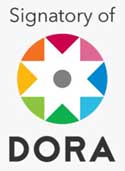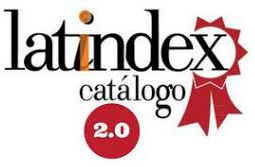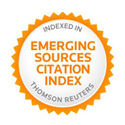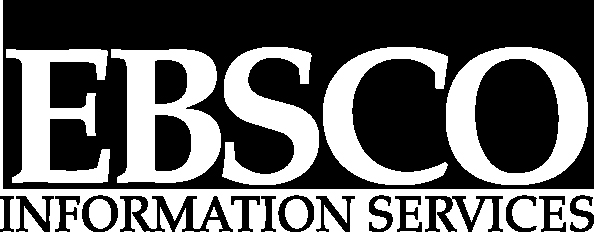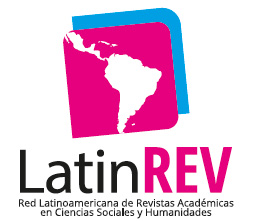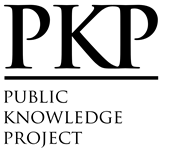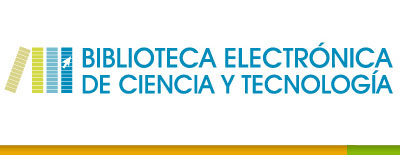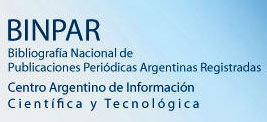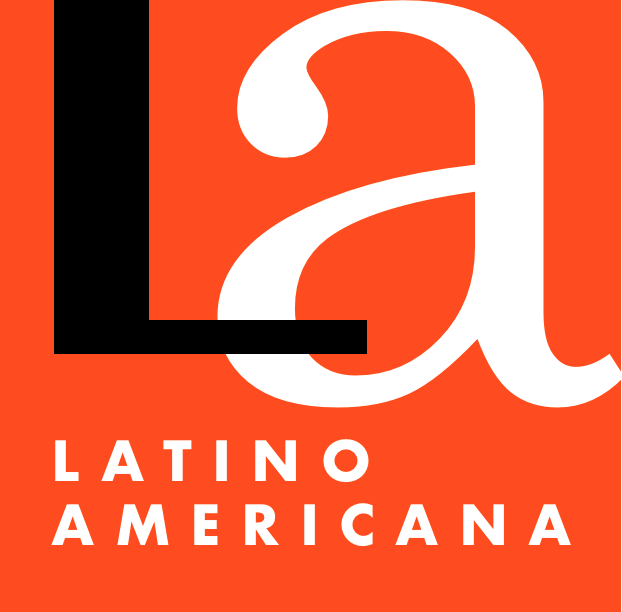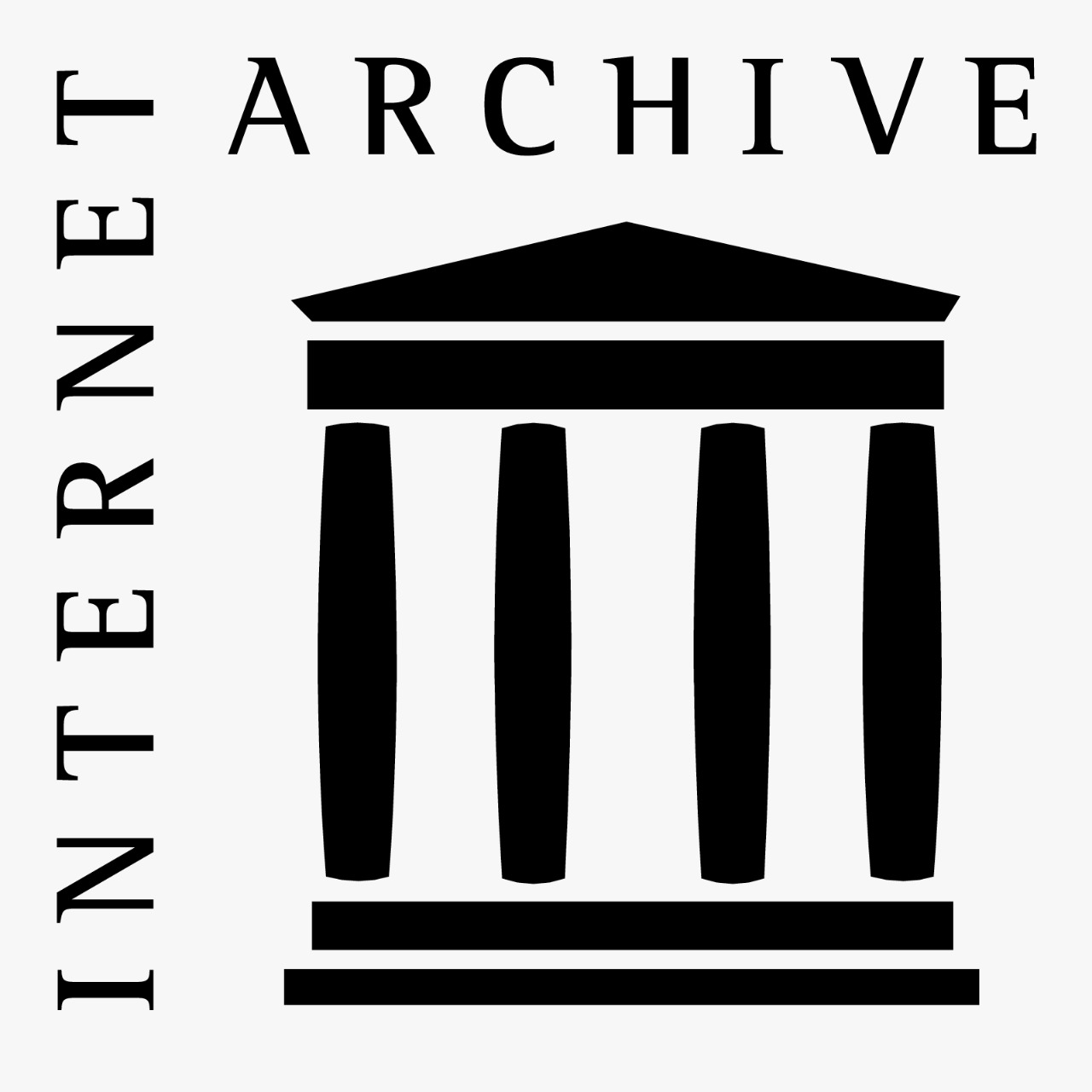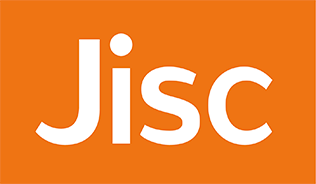Ecuadorian political leadership in digital media
A study of the 2010-2015 period in El Universo and El Comercio
Abstract
This study looks at the profiles of Ecuadorian political leaders who feature in the news agendas of the digital editions of the country’s main newspapers. Our focus is conceptually aligned with the tenets of agenda setting theory, which proposes that the relevance of certain topics, people, and situations in the media tapestry can affect public opinion. In order to carry out a content analysis of the websites eluniverso.com and elcomercio.com during the 2010-2015 period, we collected 1620 articles from their opinion sections that referred to political figures, including public functionaries and activists, among others. This permitted us to rank the 100 most prominent figures and, subsequently, analyze the socio-demographic profile of the most influential among them. In doing so, we found that, in the last year of the study (2015), the presence of women politicians in digital news outlets overlapped with that of men. This was a result of the constant struggle against the gender gap that still exists in Latin American political leadership. At the same time, we noted a greater inclusion, in the media agenda, of male leaders who are liberal professionals, upper class, and 50 to 60 years old. This allowed us to profile the current media coverage of Ecuadorian political leadership.
Downloads
References
Amadeo, B. (2008). Framing: Modelo para armar. In M. T. Baquerín de Riccitelli (Ed.), Los medios ¿aliados o enemigos del público? (1st ed., pp. 183–281). Buenos Aires: EDUCA.
Archenti, N. & Tula, M. (2013). “¿Las mujeres al poder? Cuotas y paridad de género en América Latina”. Salamanca, Instituto de Iberoamérica, Universidad de Salamanca. [Links].
Aruguete, N. (2011). Los medios y la privatización de ENTel (1st ed.). Berlin: Editorial Académica Española. Retrieved from https://www.eae-publishing.com/catalog/details/store/gb/book/978-3-8454-8187-6/los-medios-y-la-privatización-de-entel
Bennett, W. L. (1991). News: The Politics of Illusion, Ninth Edition (1st ed.). New York: Longman.
Bennett, W. L. (1996). An introduction to journalism norms and representations of politics. Political Communication, 13(4), 373–384. https://doi.org/10.1080/10584609.1996.9963126
Bennett, W. L., & Lawrence, R.G. (2007). When the Press Fails. Political Power and The News Media from Irak to Katrina. (W. L. Bennett, R. G. Lawrence, & S. Livingston, Eds.) (1st ed.). Chicago: The University of Chicago Press.
Berger, P. L., & Luckmann, T. (2001). La construcción social de la realidad. Buenos Aires (17°). Buenos Aires: Amorrortu editores. Retrieved from http://scholar.google.com/scholar?hl=en&btnG=Search&q=intitle:La+construcción+social+de+la+realidad#1
Breiner, J. (2013). “Emprendimientos periodísticos”. Revista mexicana de comunicación, 133. http://mexicanadecomunicacion.com.mx/rmc/version-impresa/rmc-133-telecomunicaciones-y-redes-sociales/
Canavilhas, J. (2011). “O novo ecossistema mediático”. Revista Index Comunicación, (1), 13-24. Acceso el 28 febrero de 2017. http://hdl.handle.net/10400.6/687
Casermeiro de Pereson, A. (2004). Los medios en las elecciones: la agenda setting en la Ciudad de Buenos Aires (1st ed.). Buenos Aires: EDUCA.
Casermeiro de Pereson, A., de la Torre, L., & Téramo, M. T. (2009). Buenos Aires elige presidente. Un estudio en el marco de la teoría de la agenda setting (1st ed.). Buenos Aires: EDUCA.
D´Adamo, O., & García Beaudoux, V. (2007). Medios de comunicación de masas y percepción social de la inseguridad. Boletín de Psicología, (90), 19–32.
De la Torrre, Carlos (1994). “El velasquismo: democracia y política de masas en el Ecuador de los años 40”. En El Populismo en España y América, editado por José Álvarez Junco y Ricardo González Leandri: 215-233. Madrid: Editorial Catriel.
Delgado, S (2004). “Sobre el concepto y el estudio del liderazgo político. Una propuesta de síntesis”. Granada, España: Psicología Política (29): 7-30. Acceso el 30 de marzo de 2017. http://psycnet.apa.org/psycinfo/2005-16372-001
Donoso, J. C., Montalvo, D., Orcés, D., & Seligson, M. (2010). “Cultura política de la democracia en Ecuador 2010. Consolidación democrática en las Américas en tiempos difíciles”. Latin American Public Opinion Project, Vanderbilt University. Capitulos, 3. Acceso el 19 de abril de 2017. https://www.cedatos.com.ec/PDF/2010_Ecuador_Country_Report.pdf
Electoral, L. O. (2012). de Organizaciones Políticas de la República del Ecuador. Código de la Democracia.
Freidenberg, F. (2008). “El Flautista de Hammelin: liderazgo y populismo en la democracia ecuatoriana”. Acceso el 10 de abril de 2017. http://works.bepress.com/flavia_freidenberg/21/
Freidenberg, F. (2015). “¡En tierra de caciques! Liderazgos populistas y democracia en Ecuador”. OPERA. (16): 99-130. Acceso el 11 de abril de 2017. http://revistas.uexternado.edu.co/index.php/opera/article/view/4143
Freidenberg, F., & López, F. S. (1998). “El proceso de incorporación política de los sectores indígenas en Ecuador. Pachakutik, un caso de estudio”. América Latina Hoy, Revista de Ciencias Sociales, (19): 65-79.
Ghanem, S. (1997). El segundo nivel de composición de la agenda: la opinión pública y la cobertura del crimen. Comuniación y Sociedad, 10(1), 151–167.
Heifetz, R. A., & Laurie, D. L. (1997). “The work of leadership”. Harvard business review. 75, 124-134. Acceso el 20 abril de 2017. http://transformingcorrections.com/wp-content/uploads/2011/11/Heifetz-The-Work-of-Leadership.pdf
Hersey, P., Blanchard, K. H., & Johnson, D. E. (1969). Management of organizational behavior (p. 65). Englewood Cliffs, NJ: Prentice-Hall.
Isaacs, A. (2003). “Los problemas de consolidación democrática en Ecuador”. Democracia, gobernabilidad y cultura política, 262-286. Acceso el 22 abril de 2017. http://www.flacso.org.ec/docs/antdemisaacs.pdf
Isabel, M., Catherine, A., & Angélica, N. (2014). “Medios Digitales en Ecuador: perspectivas de futuro”. Comunicar. 42 (21): 199-207. Acceso el 19 de abril de 2017. https://doi.org/10.3916/C42-2014-20
Kiousis, S., Bantimaroudis, P., & Ban, H. (1999). Candidate Image Attributes Experiments on the Substantive Dimension of Second Level Agenda Setting. Communication Research, 26(4), 414–428.
Klapper, J. (1960). The effects of mass communication. New York: Free Press.
Krippendorff, K. (1990). Metodología de análisis de contenido. Teoría y práctica (1st ed.). Buenos Aires: Paidós.
Lazarsfeld, P., Berelson, B., & Gaudet, H. (1944). The People’s Choice. How de Voter Makes Up His Mind in the Presidential Campaign (3rd ed.). New York: Columbia University Press.
Martínez, R. M. (2004). “DV: La elección presidencial mediante doble vuelta en Latinoamérica”. Institut de Ciències Polítiques i Socials. (19): 59-98.
McCombs, M. (2006). Estableciendo la agenda. El impacto de los medios en la opinión pública y el conocimiento (1st ed.). Barcelona: Paidós Ibérica.
McCombs, M., & Valenzuela, S. (2007). The Agenda-Setting Theory. Cuadernos de Información, 20(1), 44–50.
McCombs, M., Lopez Escobar, E., & Llamas, J. P. (2000). Setting the Agenda of Attributes in the 1996 Spanish General Election. Journal of Communication, 50(2), 77–92.
Muñoz, M. A. M. (1974). “La opinión pública y el poder político”. Revista de estudios políticos, (198): 193-212. Acceso el 20 abril 2017. https://dialnet.unirioja.es/servlet/articulo?codigo=1705329
Nazareno, M. D. C. (2013). “Participación política de actores afroecuatorianos en el legislativo: de 1979 a 2009”. Tesis para Maestría en la Facultad Latinoamericana de Ciencias Sociales (FLACSO), Ecuador
Pachón, M., Peña, X., & Wills, M. (2012). “Participación política en América Latina: Un análisis desde la perspectiva de género”. Revista de ciencia política (Santiago) 32(2): 359-381. Acceso el 20 de abril de 2017. http://dx.doi.org/10.4067/S0718-090X2012000200002
Pride, R. A. (1995). How Activists and Media Frame Social Problems: Critical Events Versus Performance Trends for Schools. Political Communication, 12(1), 5–26.
Rivera Costales, J. (2013). “Medios digitales en Ecuador, cuántos son y qué hacen”. Chasqui. (122): 111-117. Acceso el 15 abril de 2017. http://www.revistachasqui.org/index.php/chasqui/article/view/79
Stecconi, N. (2006). “Del mito de la caverna a la teoría del framing: una lectura de la obra que instituyó el discurso predominante en la relación entre los mass-media y la opinión pública”. Questión, 1 (10). Acceso el 20 abril de 2017. http://sedici.unlp.edu.ar/handle/10915/29990
Torres Dávila, V. H., & Ramón Valarezo, G. (2004). El desarrollo local en el Ecuador: historia, actores y métodos. Abya-Yala: COMUNIDEC
Verón, E. (1987). Construir el acontecimiento. Los medios de comunicación masiva y el accidente en la central nuclear de Three Mile Island (1st ed.). Barcelona: Gedisa.
Watt, J., Mazza, M., & Snyder, L. (1993). Agenda- Setting Effects of Television News Coverage and the Effects Decay Curve. Communication Research, 20 (3), 408-435.
Copyright (c) 2018 Gabriela Baquerizo Neira, Estefanía Luzuriaga

This work is licensed under a Creative Commons Attribution-NonCommercial 4.0 International License.
The authors retain the copyright and guarantee the journal the right to be the first publication of the work. In case that a translation of the article already published in Austral Comunicación can be published in another journal, it is requested to record the original publication in the translated version.
The license used is CC BY-NC-SA, which allows sharing (copying and redistributing the material in any medium and format) and adapting (remixing, transforming and building on the material) under the following terms: attribution (acknowledge authorship) and non-commercial (the material cannot be used for commercial purposes). Update: February 1, 2022.
Austral Comunicación allows the author (s) to retain the publication rights without restrictions.



